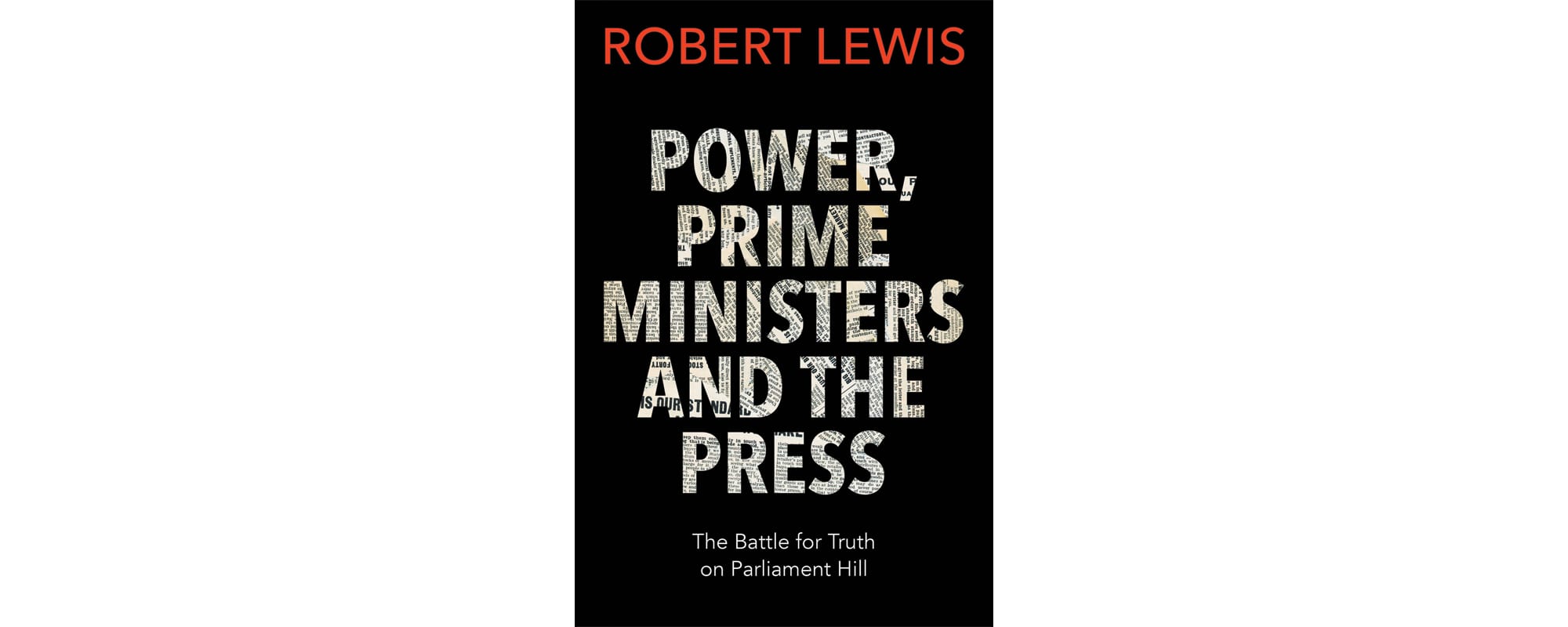 Robert Lewis concludes his enjoyable survey of the Parliamentary Press Gallery in Ottawa by answering a big, complex question in a somewhat obvious and simplistic way. “Does the press gallery still matter?” Lewis asks. His response? “Now, more than ever.” There isn’t really another answer that Lewis, a Canadian journalistic eminence who was a former Parlimentary bureau chief for Maclean’s among many other prominent postings, could give. A more interesting answer, though, would have included some explanation of precisely how the press gallery now matters more than ever.
Robert Lewis concludes his enjoyable survey of the Parliamentary Press Gallery in Ottawa by answering a big, complex question in a somewhat obvious and simplistic way. “Does the press gallery still matter?” Lewis asks. His response? “Now, more than ever.” There isn’t really another answer that Lewis, a Canadian journalistic eminence who was a former Parlimentary bureau chief for Maclean’s among many other prominent postings, could give. A more interesting answer, though, would have included some explanation of precisely how the press gallery now matters more than ever.
As it is, Power, Prime Ministers and the Press: The Battle for Truth on Parliament Hill is a swift, well-written tour through the long and varied (but until recently very male and very white) history of the journalists covering federal politics in Canada. The chapter-long sketches of some early journalistic stars like Grattan O’Leary and Grant Dexter serve as a concise intro to the work of reporters whose influence and renown are dwindling with time.
Perhaps, though, the most useful aspect of Lewis’s book is that it provides a somewhat unwitting history of Canadian journalism writ large. Most of the earliest correspondents covered here – like John Willison and John Dafoe – were extremely partisan (even occasionally switching parties) just like the newspapers they worked for and the people who owned those newspapers. The extent to which the press and the politicians were intertwined can make current concerns about the proximity of the press gallery with the people they cover seem minor by comparison. For example, Lewis writes that O’Leary basically told Prime Minister John Diefenbaker he would lose his paper’s support if the journalist wasn’t appointed to the Senate. (Which he was.)
The professionalization and, by extension, increased focus on objectivity in North American journalism in the mid-20th century means more digging into scoops and a more adversarial relationship, benefitting the public but certainly not politicians. Lewis quotes long-time reporter and journalism professor Anthony Westell as writing that his journalism students in the 1970s were “gung-ho to investigate and overthrow somebody, anybody.” Later still, the predominance of broadcast journalism (but mostly TV) changed the equation such that the most prominent Hill reporters – led by the likes of Peter Mansbridge, Pamela Wallin, and Mike Duffy – became better known than most of the people they covered.
But today, when, as Lewis writes, the press gallery matters more than ever, there are fewer reporters covering Parliament than at any time since the early 1990s. Their ranks are less white and less male than ever before. The reporters on the Hill currently feature a mix of journalists who would have been stars at any other period – broadcasters like Rosemary Barton and Evan Solomon, prominent columnists like Andrew Coyne and Chantal Hébert, and investigators like Glen McGregor and Daniel Leblanc. But for citizens, these journalists are no longer the only sources for political information. Meme factories like Ontario Proud and explicitly partisan online news sources like Press Progress and Ontario News Now can circumvent traditional outlets to reach large audiences with relative ease. As a result, good political journalism, like the historical examples highlighted in Lewis’s book, is simultaneously more valuable and less effective.
 Contact us via email
Contact us via email

